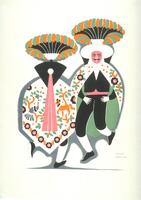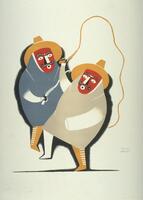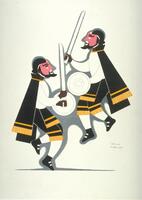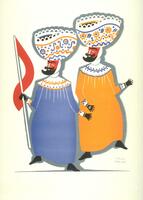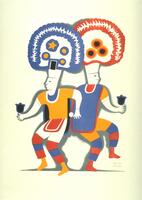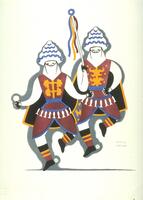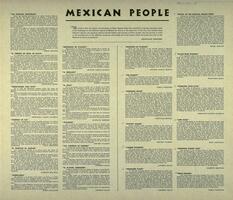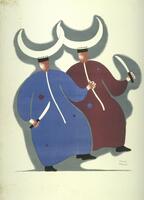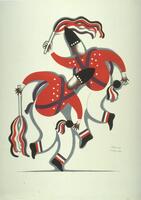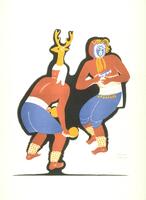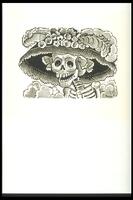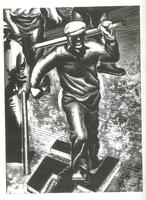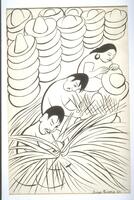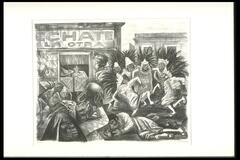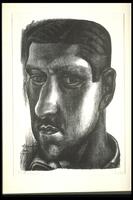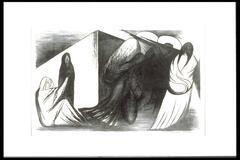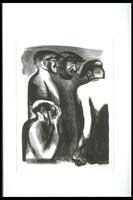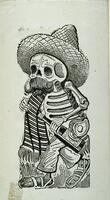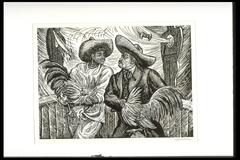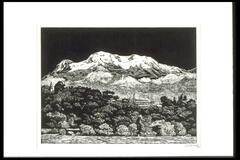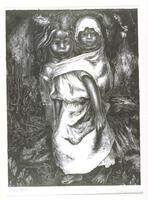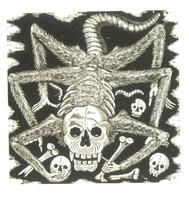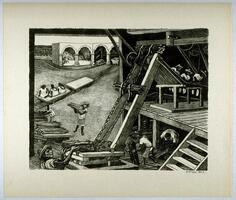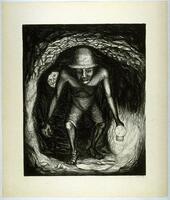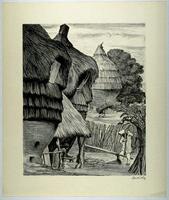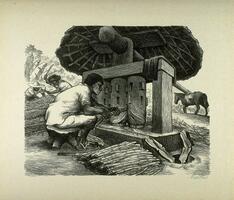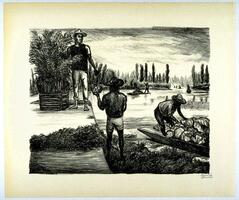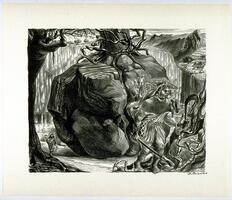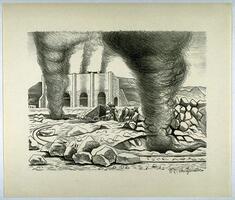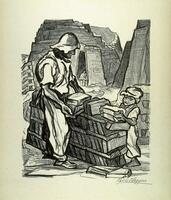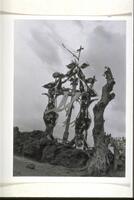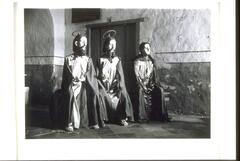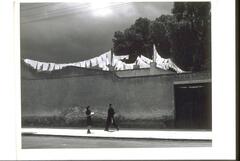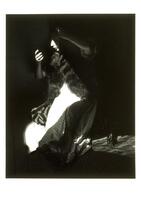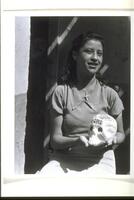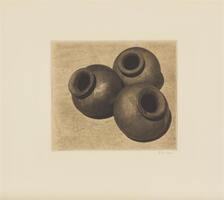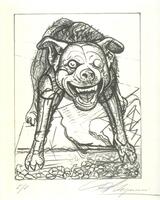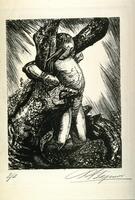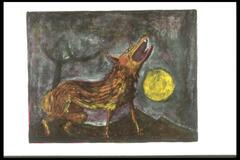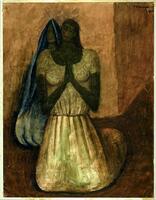Exhibition research for Detroit Institute of Arts exhibition of prints, drawings, and photographs, tentatively scheduled for 2019.
Contact: Clare Rogan, Curator of Prints & Drawings, crogan@dia.org
49 Items in this Learning Collection
Collection Object
Collection Object
Collection Object
Collection Object
Collection Object
Collection Object
Collection Object
Collection Object
Collection Object
Collection Object
Collection Object
Collection Object
Collection Object
Collection Object
Collection Object
Collection Object
Collection Object
Collection Object
Collection Object
Collection Object
Collection Object
Collection Object
Collection Object
Collection Object
Collection Object
Collection Object
Collection Object
Collection Object
Collection Object
Collection Object
Collection Object
Collection Object
Collection Object
Collection Object
Collection Object
Collection Object
Collection Object
Copyright
All Rights Reserved
()
Danza de los Moros
Accession Number
1944.9
Title
Danza de los Moros
Artist(s)
Carlos Mérida
Artist Nationality
Guatemalan
Object Creation Date
circa 1937-1939
Medium & Support
lithograph on paper
Dimensions
16 7/8 in x 12 1/2 in (42.86 cm x 31.75 cm)
Credit Line
Museum Purchase
Subject matter
This is one of a series of ten prints that depict the traditional dances of México. Mérida was the co-founder of the dance school for the Secretariat of Education (Escuela de la Danza de la Secretaría de Educación Pública), which worked to preserve the native dances of the region. In addition to this set, at this time, he produced a number of series that cataloged the popular arts and industries of Mexico and his native Guatemala.
This print depicts the Dance of the Moors, which is associated with the Lake Pátzcuaro region of Michoacán. There are many forms of this dance, the most common is "Moors and Christians", and it is often performed for the feast days of the local Christian patron saints in order to fullfill the promise of that saint. This dance is often carried out along with another called the "Dance of the Old Men," which has an older pre-Columbian origin, unlike the subject of Spanish Moors. In fact, this dance was taught to the native people by Spanish missionaries in order to convert them to Christianity and illustrate the difference between good and evil, or Christian and non-Christian. Over time, however, the indigenous people, who embraced in their religious practice good and ill alike, ignored the humble Christian characters and focused on the richly-dressed Moors, who are depicted in this print.
Physical Description
Centered on the page in this print are two figures in identical dress. They have white undergarments with maroon tunics and kilts that are trimmed in blue, and capes, black on the interior, lined in orange, and a orange and blue motif on the back, as visible on the left figure. The tunics have white fish-shaped attachments at the bottom hem and on each, at the chest, is a symetrical floral motif. Their boots are back with maroon and orange detailing, and have a white spur on one of the two boots. Both figures' faces are covered and they wear tiered, cone-shaped hats. Each figure holds a unique item, on the right a white ball and on the left a pole with blue, orange and maroon streamers coming from a blue disk.
Primary Object Classification
Print
Collection Area
Modern and Contemporary
Rights
If you are interested in using an image for a publication, please visit http://umma.umich.edu/request-image for more information and to fill out the online Image Rights and Reproductions Request Form. Keywords
Mexico
Moorish
Tarascan
dancers
folk dances
headdresses
missionaries
modern and contemporary art
turbans
1944.9
Title
Danza de los Moros
Artist(s)
Carlos Mérida
Artist Nationality
Guatemalan
Object Creation Date
circa 1937-1939
Medium & Support
lithograph on paper
Dimensions
16 7/8 in x 12 1/2 in (42.86 cm x 31.75 cm)
Credit Line
Museum Purchase
Subject matter
This is one of a series of ten prints that depict the traditional dances of México. Mérida was the co-founder of the dance school for the Secretariat of Education (Escuela de la Danza de la Secretaría de Educación Pública), which worked to preserve the native dances of the region. In addition to this set, at this time, he produced a number of series that cataloged the popular arts and industries of Mexico and his native Guatemala.
This print depicts the Dance of the Moors, which is associated with the Lake Pátzcuaro region of Michoacán. There are many forms of this dance, the most common is "Moors and Christians", and it is often performed for the feast days of the local Christian patron saints in order to fullfill the promise of that saint. This dance is often carried out along with another called the "Dance of the Old Men," which has an older pre-Columbian origin, unlike the subject of Spanish Moors. In fact, this dance was taught to the native people by Spanish missionaries in order to convert them to Christianity and illustrate the difference between good and evil, or Christian and non-Christian. Over time, however, the indigenous people, who embraced in their religious practice good and ill alike, ignored the humble Christian characters and focused on the richly-dressed Moors, who are depicted in this print.
Physical Description
Centered on the page in this print are two figures in identical dress. They have white undergarments with maroon tunics and kilts that are trimmed in blue, and capes, black on the interior, lined in orange, and a orange and blue motif on the back, as visible on the left figure. The tunics have white fish-shaped attachments at the bottom hem and on each, at the chest, is a symetrical floral motif. Their boots are back with maroon and orange detailing, and have a white spur on one of the two boots. Both figures' faces are covered and they wear tiered, cone-shaped hats. Each figure holds a unique item, on the right a white ball and on the left a pole with blue, orange and maroon streamers coming from a blue disk.
Primary Object Classification
Collection Area
Modern and Contemporary
Rights
If you are interested in using an image for a publication, please visit http://umma.umich.edu/request-image for more information and to fill out the online Image Rights and Reproductions Request Form. Keywords
Mexico
Moorish
Tarascan
dancers
folk dances
headdresses
missionaries
modern and contemporary art
turbans
